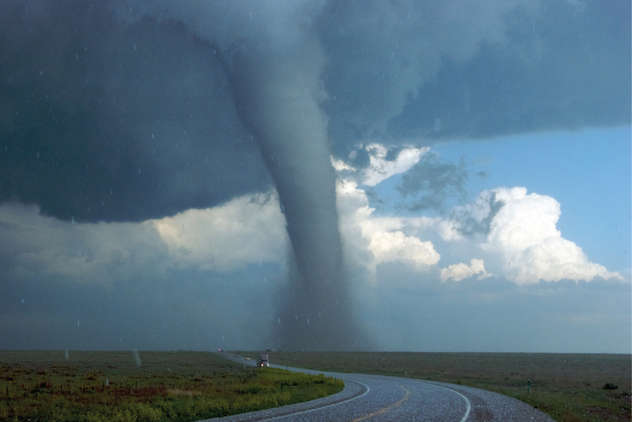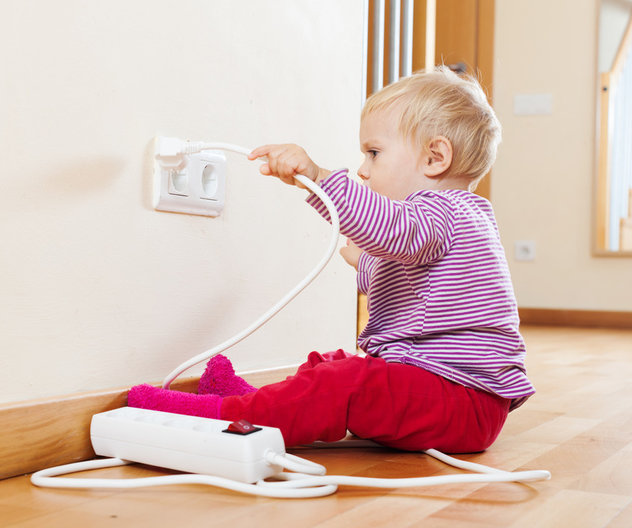
DON’T LET A TORNADO BLOW YOUR ASSETS AWAY
ON AUGUST 21, 2011, THE FIRST F3 TORNADO IN OVER 15 YEARS HIT THE LAKESIDE TOWN OF GODERICH, ONTARIO, CAUSING OVER $75 MILLION DOLLARS IN DAMAGE. LIKEWISE, ON JUNE 6, 2010, AN F2 TORNADO WENT FROM HARROW THROUGH KINGSVILLE AND LEAMINGTON, ONTARIO, BEFORE DISSIPATING NEAR POINT PELEE NATIONAL PARK, CAUSING $120 MILLION DOLLARS IN DAMAGE.
These tornadoes are a vivid reminder of the threat windstorms pose to life and property, as well as emphasize the importance of having the right insurance coverage.
No matter where you live, you need to have the right amount and type of insurance in order to recover financially after a natural disaster.
Across Canada, Ontario, Alberta, Manitoba and Saskatchewan average the most tornadoes per season, at approximately 15, followed by Quebec with less than 10. New Brunswick and the interior of British Columbia are also recognized tornado zones. All other provinces and territories have significantly less threat from tornadoes. The peak season in Canada is in the summer months when clashing air masses move north, although tornadoes in Canada have occurred in spring, fall and in the rarest of cases, winter. This differs from the United States’ southern-central plains, when spring is the most prominent season for tornadoes.
For a variety of reasons, such as Canada’s lower population density and generally stronger housing construction, due to the colder climate, Canadian tornadoes have historically caused fewer fatalities than tornadoes in the United States.
The standard homeowners and business insurance policy covers wind damage including that caused by tornadoes to the structure of the building and contents including broken windows and removal of debris.
However, you should make sure your coverage limits reflect the cost of rebuilding the structure, removing the debris and fully replacing personal belongings.
It’s important to make sure you have purchased ‘replacement cost coverage’ on your business policy and your homeowners’ insurance policy. If you have a business policy, it is also important that you carry ‘blanket bylaws coverage’ on your policy.
A homeowners’ policy also provides ‘Additional Living Expense (ALE) coverage’ to pay the costs of living away from home if you cannot inhabit your house due to damage from an insured disaster.
The policy ALE provision covers hotel bills, restaurant bills, and other living expenses incurred while away from your home, while it is being repaired or rebuilt.
‘Guaranteed Replacement Cost (GRC)’ or ‘Additional Rebuilding Cost (ARC)’ is another homeowner’s insurance coverage that can provide extra coverage, over and above the limit you have on your home insurance policy.
For example, let’s say you have your home insured for $400,000 – a tornado destroys 200 homes in your area, and building costs and inflation cause the replacement of your home to be $450,000. The GRC and ARC coverage’s would pay this additional amount subject to the terms and conditions of your policy. Make sure you review these coverages with your broker.
If you own a business that has been damaged, ‘business interruption coverage insurance’ is important to make sure you have revenue to continue to make your payments when a tornado has impaired your business. There are many different forms of business interruption, and as a business owner, you should review this on a regular basis with your insurance broker.
Damage to cars, trailers, motor homes and ATV’s are covered under the ‘comprehensive optional coverage’ portion of the policy. Marine insurance policies will usually cover damage to boats from wind.
Please make sure you review your insurance policies with your insurance broker on a regular basis to make sure your assets don’t get blown away, should a Tornado destroy or damage your home and business. With changing weather patterns, your home could be the next target.
For more information on your coverage options, call your insurance broker.





